EIA: Petroleum and natural gas will be the most-used fuels in the US through 2050
Green Car Congress
MARCH 18, 2022
The US Energy Information Administration’s (EIA’s) Annual Energy Outlook 2022 (AEO2022) Reference case forecasts that US energy consumption will grow through 2050, primarily driven by population and economic growth. In the industrial sector, the most growth in demand for petroleum is for hydrocarbon gas liquids (HGL) used as a feedstock.

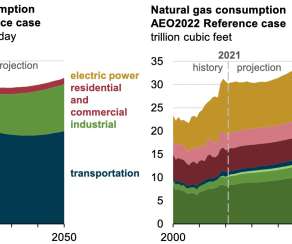











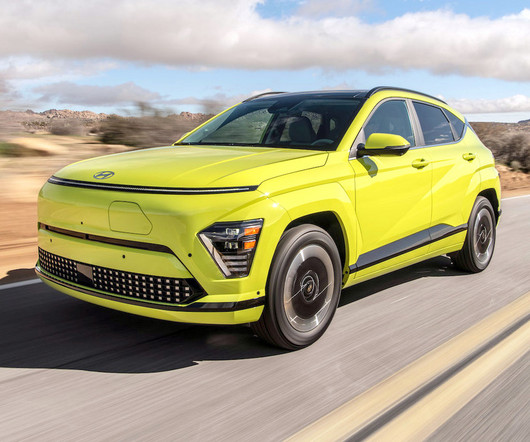






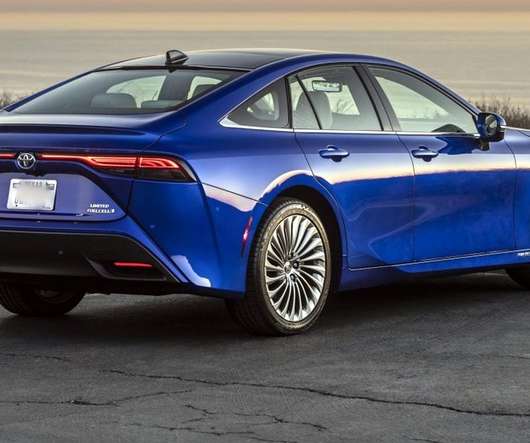





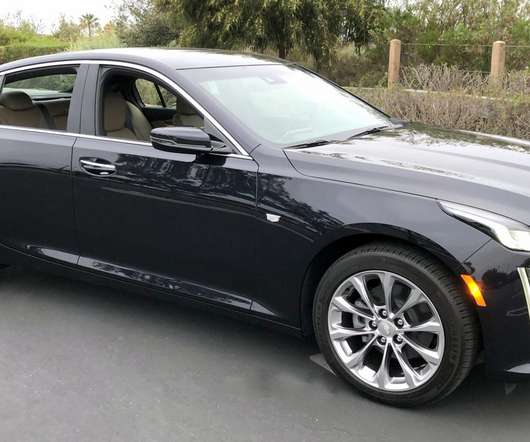



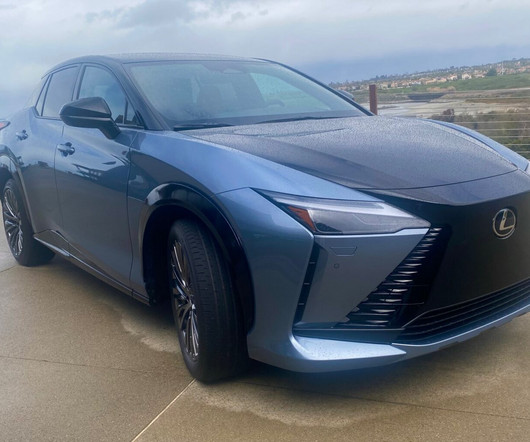

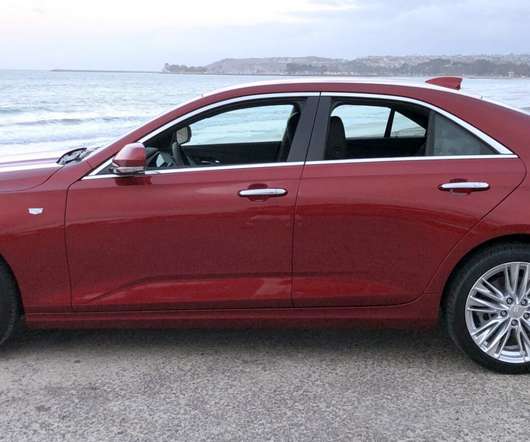









Let's personalize your content